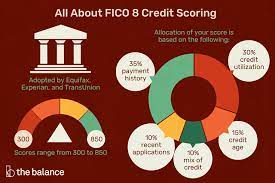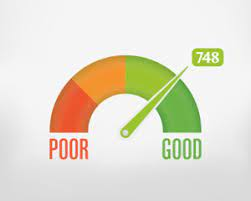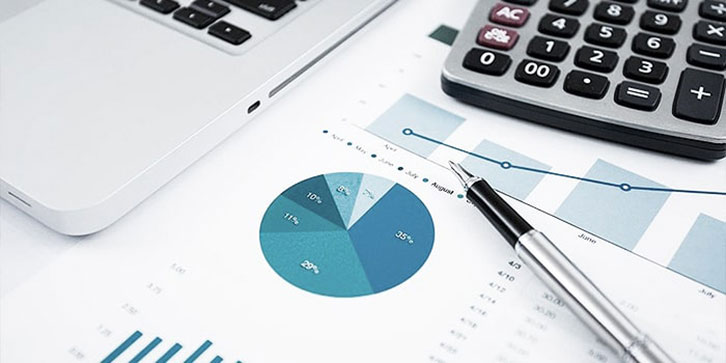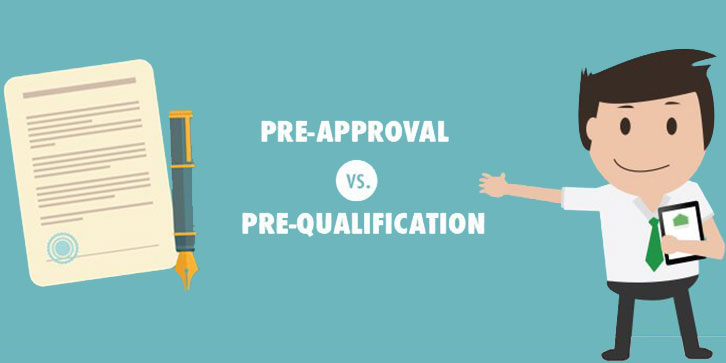Introduction
Each credit user or applicant has unique credit risk, represented numerically as a credit score. When a borrower submits a credit application, lenders frequently verify that person's credit history with one of the three major credit bureaus - Experian, Equifax, or TransUnion. Each of the three uses the identical FICO scoring system to rank a person's creditworthiness from 300 to 850. Here you’ll learn what is fico 8?
FICO's base scoring algorithm uses several borrowers' credit history variables. It gives each variable weight to anticipate whether or not the borrower will be able to make loan payments on time and avoid default. Key calculation indicators have been significantly improved in FICO 8, the replacement for FICO 5. FICO 8 is less harsh on infrequent defaults but more sensitive to high credit card balances. The same goes for court records of debt collection procedures for sums under $100.
For FICO 8, preventing "tradeline renting" is a top concern. This error was present in prior FICO releases. Low credit score customers can pay a charge to add themselves as authorized users on an active line of credit. As a result, a history of timely payments is established, improving the credit score. The revised FICO model was created to represent cutting-edge practices more accurately at the time of its publication. Also still in use are earlier FICO scores. For instance, depending on the credit reporting agency they contact, mortgage companies might use FICO 2, FICO 4, or FICO 5. This is so that Freddie Mac or Fannie Mae can purchase any mortgage mandated by the Federal Housing Finance Agency (FHFA) ratings.
How Does FICO Score 8 Work?

The mechanics of FICO's credit rating system are not disclosed. The five credit factors that FICO utilizes in its Score 8 model have the following percentage weights, which are the same as in the prior iteration. Your payment history, which comprises information such as the total amount (and several amounts) outstanding on any past-due accounts and a breakdown of any debts you've paid off, accounts for 35% of your credit score. Considers the borrower's overall credit utilization, including credit card balances and outstanding installment loan amounts, at 30% of the total debt or credit utilization. Credit age, also referred to as credit history length, represents 15%: The ages of your oldest and newest credit accounts are given, as well as the average age of the accounts.
10% for new applicants or recent credit applications: This figure takes into account the number of new accounts you've opened and the quantity of recent credit history or credit score inquiries made by lenders. 10% of the overall credit goes to Having a mix of installment and revolving credit accounts (such as credit cards and home equity lines of credit) is optional (such as mortgages and student loans).
There is a range of possible scores from 300 to 850, with higher scores being preferred. An 800 or greater is regarded as extraordinary. A score between 740 and 799 is typically regarded as outstanding. A score between 670 and 739 should be expected to have positive outcomes. Respectable scores fall between 580 and 669. A score of 579 or below is also regarded as poor. Even if FICO and all three credit bureaus can provide you with your FICO Score of 8, you will probably need to pay a monthly fee for a program that includes credit monitoring, reporting, and identity theft protection.
Other Versions of FICO
Two new models, FICO 9 and the FICO 10 Suite, which included FICO 10 and FICO 10T and were introduced in January 2020, have been made available to replace FICO 8. FICO 9 was made available to lenders in 2014 and consumers in 2016. Major credit bureaus and lenders, not FICO, decide which versions to adopt and when, which is why FICO 8 is still the most widely used score.
As a result, there are currently multiple iterations of the FICO score. The number of available ratings has increased, and a new level of complexity has been added. In addition to the standard FICO score, FICO now offers a set of ratings for auto lenders, mortgage lenders, and bank card issuers specific to their respective industries. The handling of medical collection accounts, the weighting of rental history, and the handling of fully paid third-party collections have all been altered in FICO Score 9. Data trends are taken into account by the FICO 10T algorithm. In other words, it provides a more accurate picture of the person's current financial situation by providing information about their payment history from the previous 24 months.

Conclusion
A FICO 8 score might range between 300 and 850. At least 700 FICO scores are required to be considered. Businesses often use credit ratings, which are specialized for particular industries.




